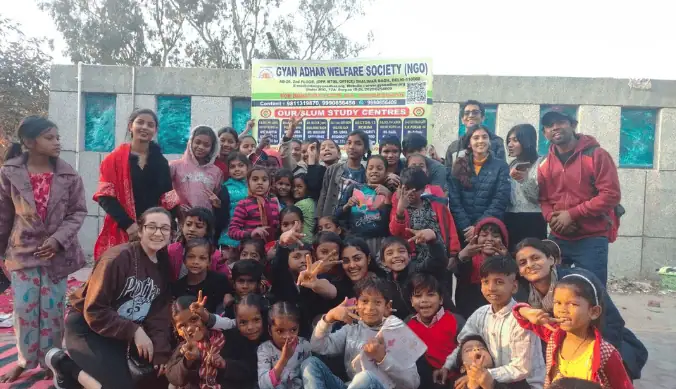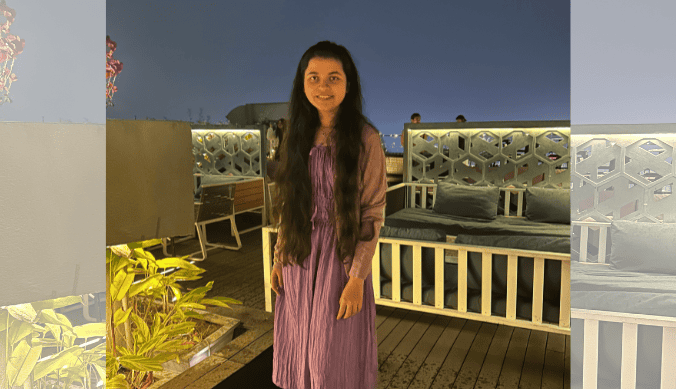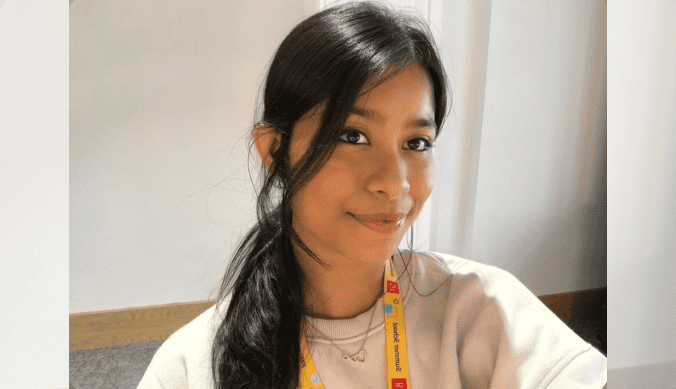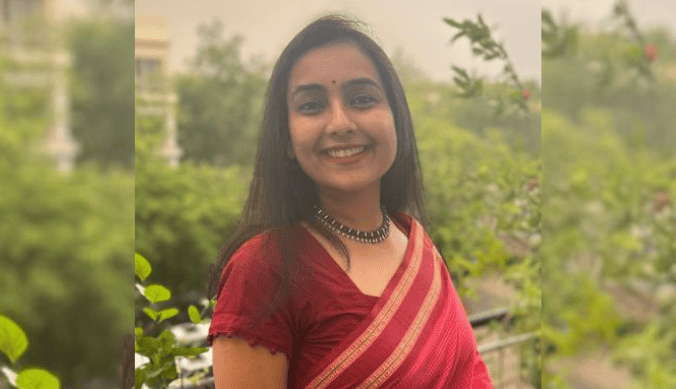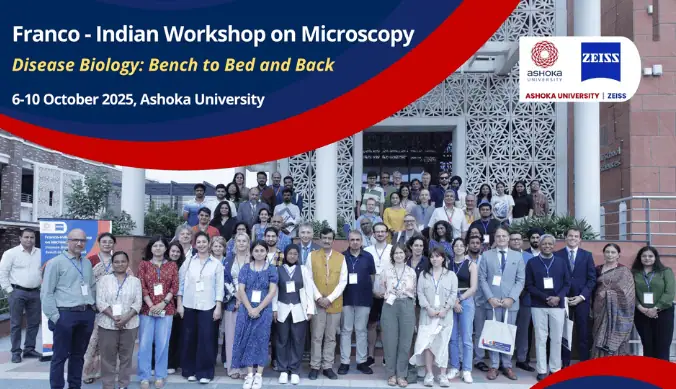India’s Solar Mission and Beyond: A Conversation with Nigar Shaji at SpaceCraft 3.0
ISRO’s Nigar Shaji on Aditya-L1, coronal mysteries, and the power of perseverance in a special conversation at Ashoka University.
As part of SpaceCraft 3.0, the Astronomy Society at Ashoka University hosted a special Fireside Chat featuring Nigar Shaji, the Project Director of Aditya-L1, India’s first solar observatory mission. In conversation with Somak Raychaudhury, Vice-Chancellor of Ashoka University, and Dr. Dipankar Bhattacharya, Sunanda and Santimay Basu Professor of Astrophysics, Ms. Shaji shared insights into her incredible journey, contributions to Indian space science, ISRO’s scientific advancements, and the significance of India’s growing space ambitions.
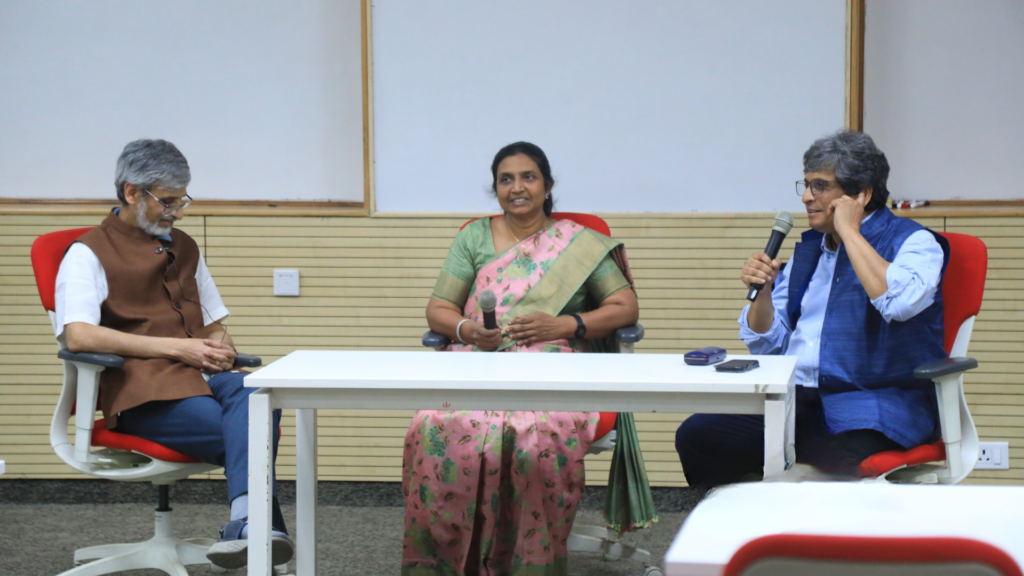
We spoke to Ms. Shaji during her visit about space science, her career at ISRO, the Aditya-L1 mission, and the role that universities like Ashoka play in shaping the future of science and innovation in India. Here’s a glimpse into the conversation that followed:
Q: What was the moment when you knew that space science was your calling?
Actually, space science wasn’t my original calling. I was an engineering graduate, though I had been interested in physics from the beginning because of my parents. My father used to tell me a lot of stories about Mercury, physics, and other such topics, so I got interested in physics.
Later, I pursued engineering. I love to work with ISRO, but it was not my main goal initially. I was searching for a job and got selected. That’s how I entered the engineering field of spacecraft. Over time, I grew very curious about space and the universe, like many people are. My involvement in science missions came later, and when I got the opportunity to lead the Aditya-L1 team, I took it.
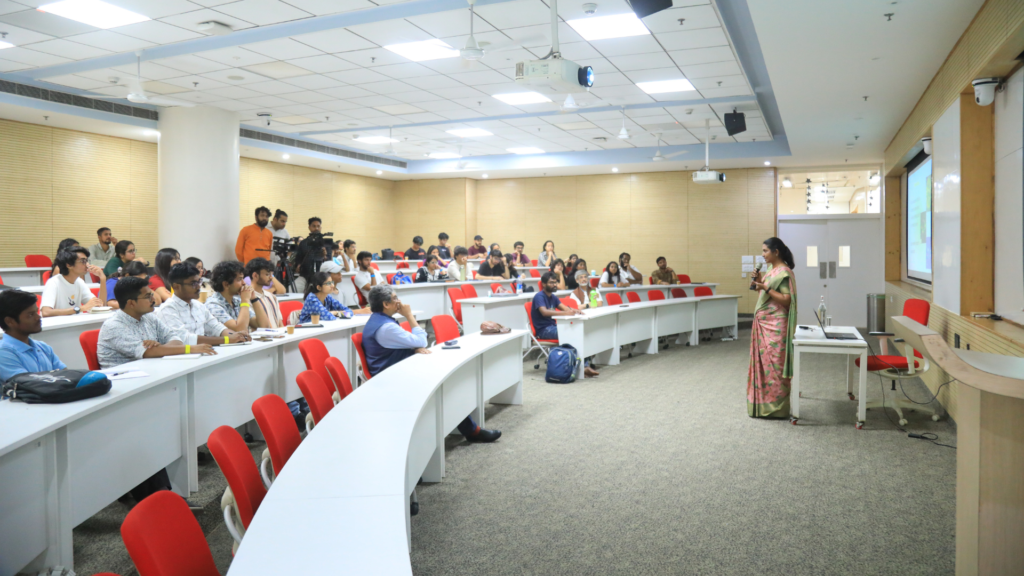
Q: Your work might be extremely technical. How do you balance scientific rigour while also maintaining a sense of curiosity and imagination about the world?
It’s thanks to ISRO, because it started doing space missions. The original goal that ISRO started with was to have applications missions to improve the core. Once we became self-sufficient in that, we moved into space science missions. Once we started, space science got integrated into the technical field. So there wasn’t any need to take special steps to balance the two; it already got integrated. All the space science missions were born this way, because for science, the spacecrafts were built.
Q: You are the Project Director for Aditya-L1, India’s first space mission to observe the Sun. What is the one surprising or lesser-known fact about the Sun that more people should know?
Even I started learning more deeply about the Sun only after we began working on the Aditya-L1 mission. One lesser-known fact about the sun is coronal heating. According to the thermodynamics principle, when there is a heat or when the heat wave travels, the temperature should normally reduce. But in the case of the Sun’s corona, the temperature suddenly increases to a million Kelvin. So that was the puzzling question for many scientists and now researchers are working on understanding how this heating is happening and what exactly causes this phenomenon to rise and define the thermodynamics law.
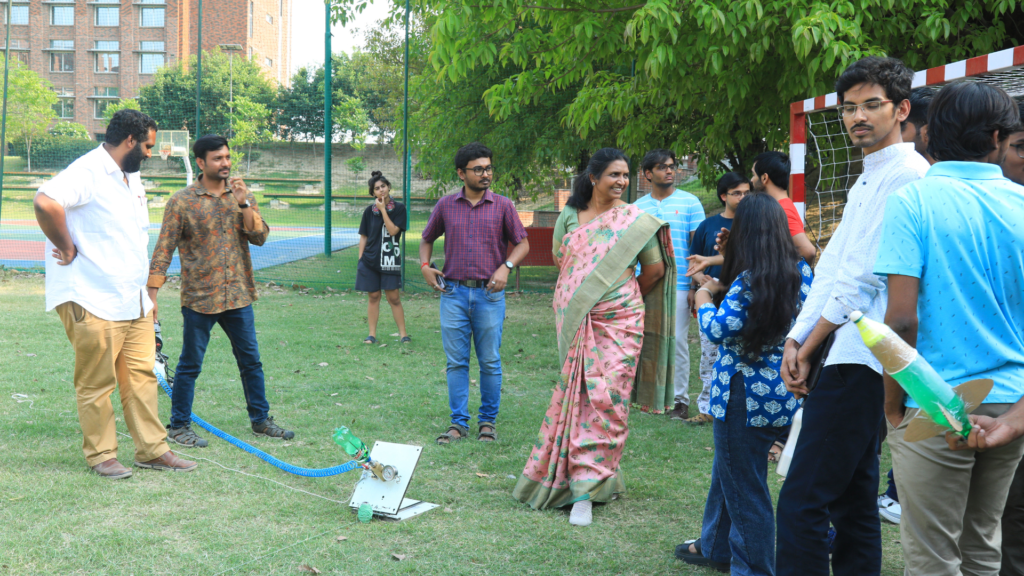
Q: What is the one book you would recommend to every student, whether they’re in STEM or otherwise?
I would recommend Einstein’s Theory of Relativity, as I believe it defines everything. Along with that, Stephen Hawking’s Space and Time. These are the kinds of books that, when you study them, make you more humane.
Q: What was your first impression of Ashoka’s campus and your interaction with students? How has it been?
It’s a really vibrant place. In my college and school days, we didn’t have this kind of exposure. Today, with technology and the age of information, students have so much at their fingertips. I was very much impressed with the campus. When I first entered, it felt like being at Caltech, because the way the architecture has been done is beautiful. And the students are truly energetic and vibrant.
Q: What role do you think interdisciplinary universities like Ashoka play in shaping the future of science and innovation in India?
We need to do more fundamental research, I feel that is essential. We should pursue both fundamental research and the application side. We need to balance both.
Collaborations with institutions like ISRO allow scientific knowledge to be translated into real-world applications. Once fundamental research matures, it should naturally flow into the stream of application.
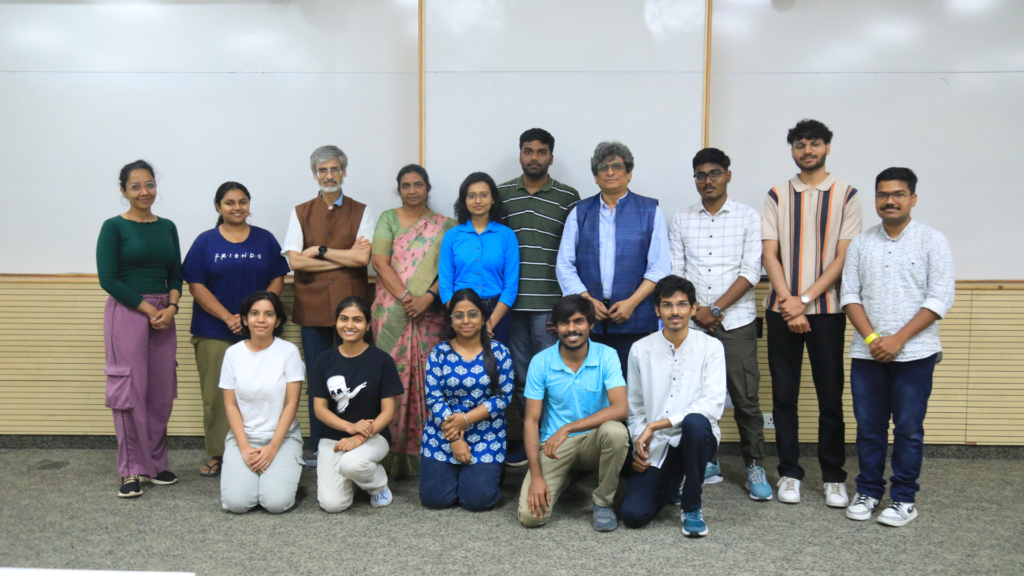
Q: Lastly, what message would you give to every young girl dreaming of pursuing something in the STEM field today?
You should have a passion for the field you have chosen. And even if you don’t have passion at first, if you are in the field, at least try to develop that passion.
Perseverance is key- it is the only thing that can bring you laurels. Perseverance and hard work- there is no alternate for that.
Study at Ashoka








